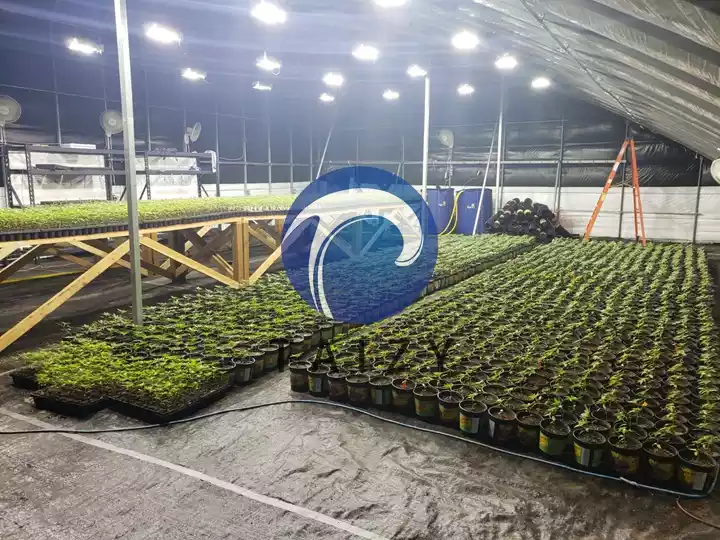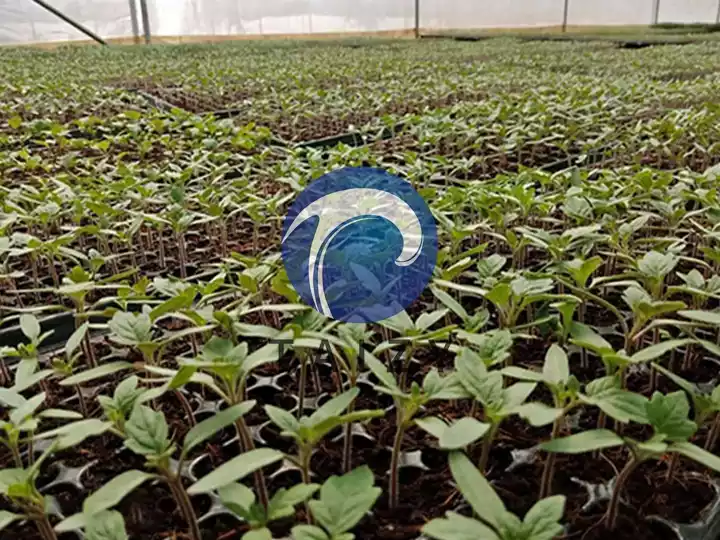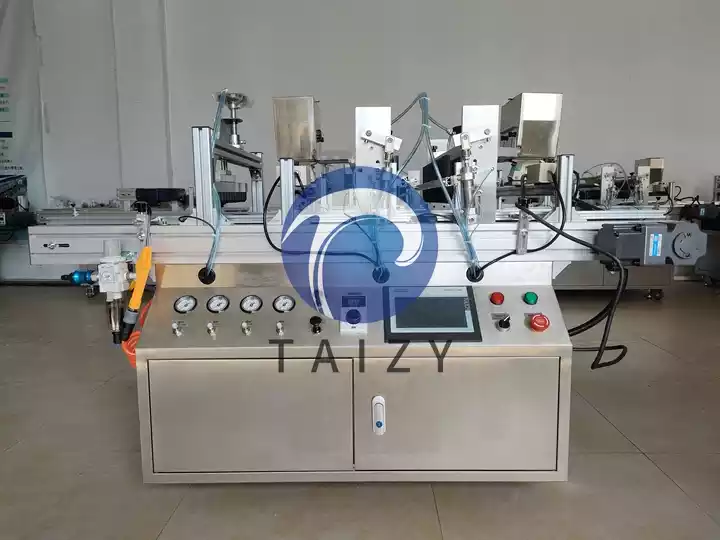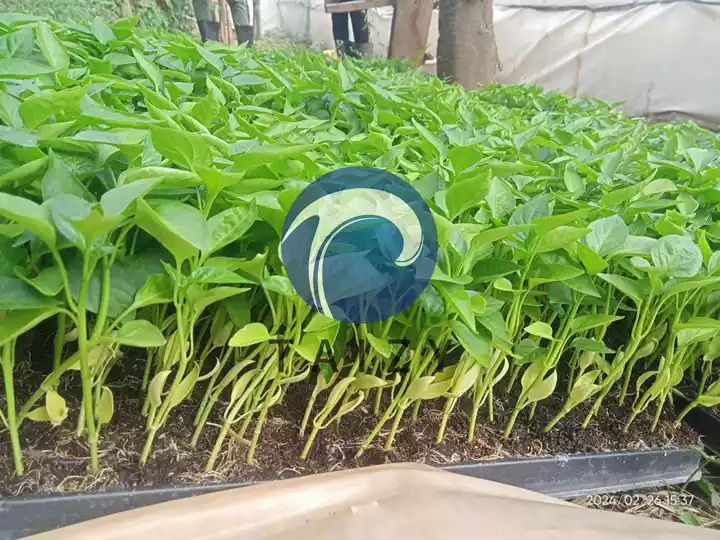How to Manage the Seeding Process in a Small Nursery: A Practical Guide
Effectively managing the nursery seeding process is essential for growing robust plants that are ready for transplanting. To ensure high germination rates and develop healthy, vigorous seedlings, it’s important to engage in careful planning, pay attention to details, and maintain constant monitoring, all while adhering to proper techniques and best practices.

Preparation and soil management: the foundation for success
Healthy, fertile soil is crucial for successful germination. A well-drained, nutrient-rich soil mixture is vital for the health of seedlings. Adding compost or organic matter to the existing soil enhances its structure and nutrient content.
- Testing the soil for pH, nutrient levels, and organic matter content helps create the right conditions for seed growth. Aim for a pH between 6.0 and 7.5, which is ideal for most plant species.
- Selecting the right seeds for your climate and nursery conditions is key to achieving high germination rates. Common choices for temperate climates include herbs like tomatoes, peppers, and basil. It’s advisable to choose seeds with a germination rate of over 80% to ensure the best chances of success.

Seeding techniques and environmental control: ensuring healthy growth
The nursery seeding process includes several important factors: the depth at which seeds are sown, their spacing, watering, and creating suitable environmental conditions.
- Each type of seed has its preferred sowing depth and spacing. For instance, small seeds like lettuce should be planted just below the surface, while bean seeds can be placed up to an inch deep. Tomato seeds need to be spaced 12 inches apart to give each plant enough room to grow.
- Lightly watering after planting helps ensure that the seeds are in good contact with the soil. It’s crucial to maintain consistent moisture levels—seeds should remain moist, but the soil must not become waterlogged. Gentle sprinklers are a good choice for this.
- For successful germination, seeds require the right temperature and light conditions. Most vegetable seeds germinate best when temperatures are between 65°F and 75°F. If there isn’t enough natural light, using grow lights to provide at least 12 hours of light each day can enhance germination rates.

Our nursery seeding machines can also add some multifunctional settings if you need them. To learn more please click: Hot-selling Automatic Nursery Seedling Machine For Farming.
Monitoring and care: nurturing seedlings to health
- Continue to water your seedlings regularly to keep the soil consistently moist, but be careful not to overwater. Checking the soil moisture every day will help you maintain the best growing conditions.
- In the early stages of growth, it’s important to stay vigilant for pests and diseases. Keeping an eye on potential issues and taking preventive measures will support healthy nursery seeding development.
- Once your seedlings have germinated and started to grow, it’s time to interplant them. Thinning out the seedlings helps prevent overcrowding, and removing the weaker ones allows the stronger seedlings to flourish.

Seedlings typically establish a robust root system within 4 to 6 weeks after being sown. The following step involves placing the seedlings in a shaded area for a few days, gradually allowing them to acclimate to sunlight and wind. Once they are ready, they can be transplanted into the ground using seedling transplanting equipment.
If you have any questions or require assistance, don’t hesitate to reach out to us for solutions. With the right methods, your small nursery can thrive and yield strong, healthy plants that are perfect for gardens or sale.
